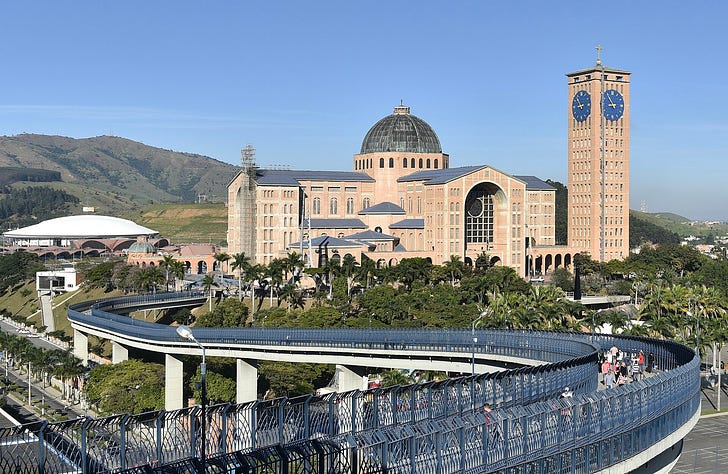By the numbers: Did Aparecida 'work'?
Did a celebrated 2007 conference lead to gains in religious practice? A look at the numbers.
In an interview last week, Cardinal Christophe Pierre emphasized a focus in the Church on “synodality” — and focused on a 2007 meeting of South and Latin America’s bishops in the city of Aparecida, Brazil.

Pierre told America Magazine that when he arrived in the United States, he had been “shocked” to see that many U.S. bishops were unfamiliar with impor…
